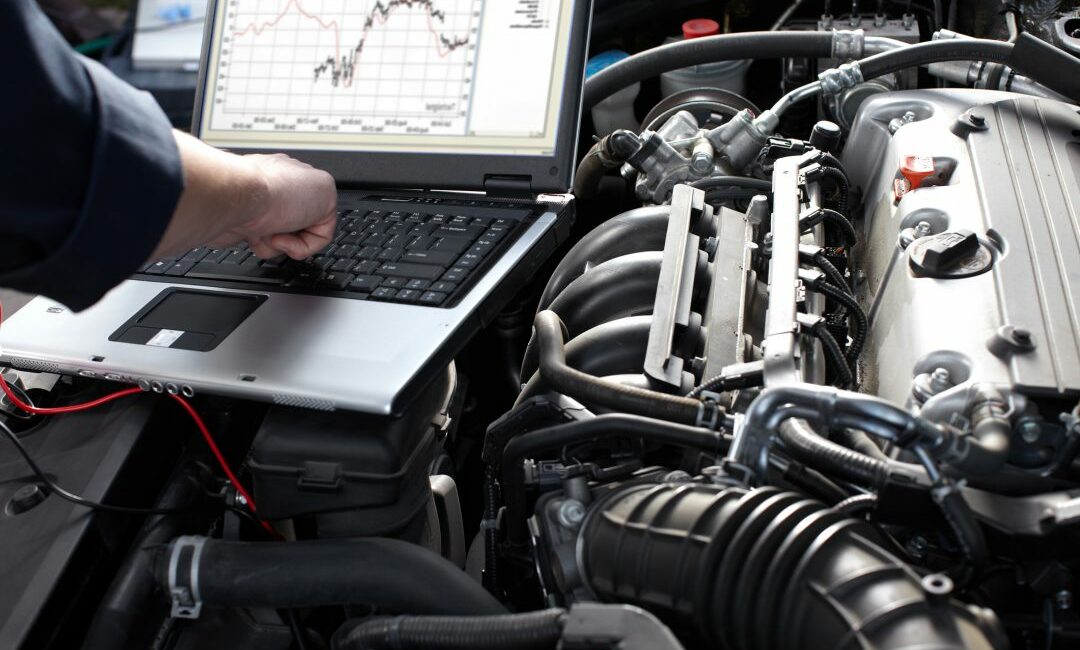If you are currently looking for a body shop that will be able to repair your Honda or Acura, it’s important to take it somewhere that is up to date on the latest repair procedures. Recently, Honda released a new position statement on scanning during their repairs. No matter what needs to be done to your car, this position statement every aspect of the repair process.
If you bought your car some time over the past few years, your car is equipped with advanced safety features, commonly known as ADAS (Advanced Driver Assistance Systems). These safety systems used to only be seen in luxury cars, but are now pretty much a standard in every car manufactured after 2016.
Honda insists any of their vehicles needing repair get a diagnostic scan before and after any repairs are made. This is important to note because not all body shops know to take this step, but we at Cherry Hill Collision Center because we know how important this is for your safety.
It is also important because Honda makes it known in this position statement that just because the car is not giving any warning lights on the dashboard, it doesn’t mean there aren’t any problems. You could have damaged components or non-functioning safety equipment, but it wouldn’t be detectable without scanning. Honda reserves the dash warning indicators for vehicle information for the driver, and are not designed to alert a technician to a fault code.
Let’s use the airbag control module as an example: If there is a fault code in the airbag control, it may not be visibly noticeable with warning lights, which is where scanning comes in.
Here are Honda’s exact words on scanning:
It is the position of American Honda that all vehicles* involved in a collision† must have the following minimum diagnostic scans, inspections, and/or calibrations done to avoid improper repair:
• A preliminary diagnostic scan during the repair estimation phase to determine what diagnostic trouble codes (DTCs) may be present, so proper repairs may be included.
- A post-repair diagnostic scan to confirm that no DTCs remain.
- Any repair that requires disconnection of electrical components to perform the repair will need a post-repair diagnostic scan to verify if the component is reconnected correctly and functioning.
- Damage that requires the replacement of body parts will always require a post-repair diagnostic scan.
Honda model years impacted by this position statement
According to Honda, this requirement for pre- and post-repair scanning is true of all Honda and Acura vehicles dating back to the 1990s. In addition, there are some systems in your car that will require inspections, calibration, and/or aiming after a collision or other body repairs have been made. We’ll get to that list down below.
When a technician hooks up a scanner to your car’s diagnostic port, several different codes will appear, known as Diagnostic Trouble Codes (DTC for short). These codes give the technician an idea of where to begin the repair.
Honda’s position on recalibrations:
As we mentioned above, Honda also states that some systems within the vehicle will require inspections, calibration, and/or aiming after a collision or other body repairs have been made. Honda has a list of safety systems and features that must be re-calibrated after collision repairs are made. These include:
- Adaptive Cruise Control (ACC)
- Collision Mitigation Braking SystemTM (CMBSTM)
- Forward Collision Warning (FCW)
- Lane Departure Warning (LDW)
- Lane Keeping Assist System (LKAS)
- Road Departure Mitigation (RDM)
- Blind Spot Information (BSI)
- LaneWatchTM (Honda Only)
- Multi-View Camera System (MVCS – Acura Only)
Any of one these systems will require a scan and a complete recalibration to ensure they are working properly, regardless of what needs to be done to your car and how big the damage may be. This process is pretty lengthy and could require a trip to the dealer. In cases where this is needed, we handle that for you as part of the repair process. This would show up as “dealer recalibration” in your estimate.
Honda’s rule on scanning software:
Honda went a step further and limited the scanning software that is allowed to scan a vehicle to Honda’s i-HDS software. What this means is that any old scanner will not work and it is one more investment a shop needs to make, or risks putting their customer’s lives at risk by not being able to pull up a hidden trouble code.
So, what does all this mean for New Jersey Honda owners, specifically?
Most likely, you or someone you know drives a Honda or Acura. If the vehicle was severely damaged in a collision or lightly tapped in a fender bender during rush hour, it’s critical to take it to a shop that has all the right tools and equipment to be able to accurately perform this type of repair and not neglect any additional repairs that your car might need.
You want to take your Honda to be repaired somewhere that follows OEM procedures and is up to date on everything that has to do with the vehicle you drive. Anything less, and your car will be nowhere close to protecting you the way it should. This could lead to injury or worse.
At Cherry Hill Collision Center, we pride ourselves on serving the Cherry Hill area with safety as the first priority. We are proud to be able to say we are I-CAR Gold Class trained so that we can ensure every single vehicle leaves our shop precisely repaired with the most up to date standards so you and your passengers are safe.
Let us help you with your auto repair process by calling (856)-663-0500. Or to schedule an appointment or get an online quote, click here to get started or click any of the buttons below!
We look forward to hearing from you and helping you with your auto repair needs!


